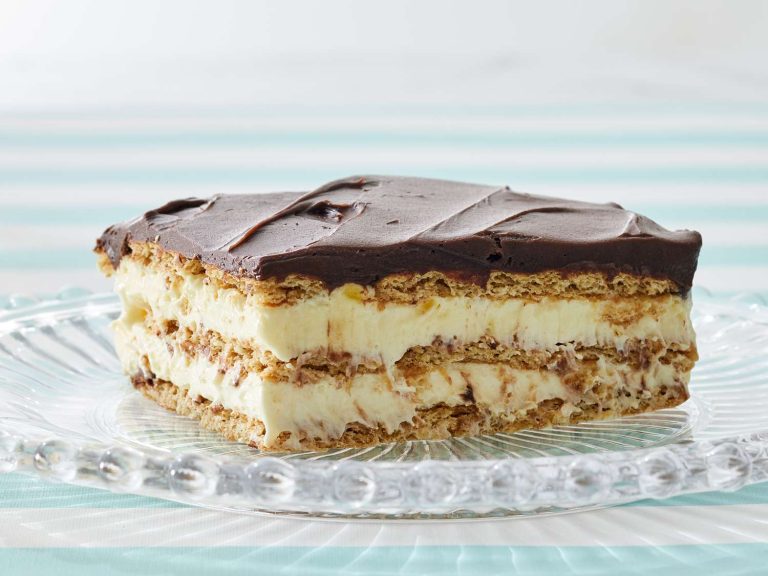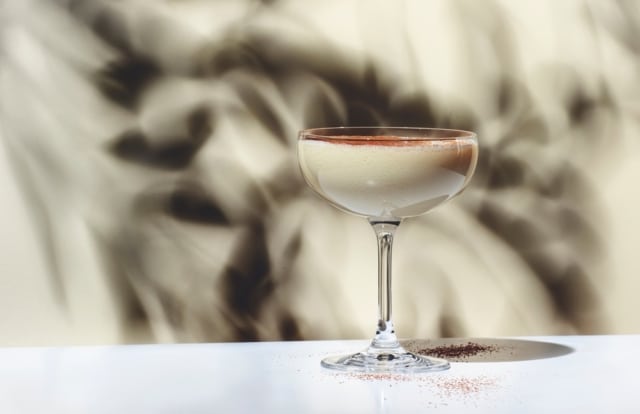Classic Pad Thai: History, Regional Variations, and Vegan Adaptations
Classic Pad Thai dates back to the 1930s when the Thai Prime Minister Plaek Phibunsongkhram sought to promote Thai nationalism. Pad Thai emerged as a part of his campaign to introduce a national dish that represented Thai culture. Rice consumption was high, so the government encouraged citizens to use noodles. This shift led to the original creation of Pad Thai with stir-fried rice noodles, tamarind paste, eggs, tofu, and shrimp.
Key Influences on Its Development
Several factors influenced the development of Classic Pad Thai. Chinese immigrants introduced stir-frying techniques, which became a fundamental cooking method for the dish. Ingredients like fish sauce and dry shrimp reflect both Thai and Chinese culinary traditions. Regional variations tailored the dish to local taste preferences, incorporating ingredients like palm sugar, peanuts, and bean sprouts. While Pad Thai retains its traditional elements, contemporary versions often adapt to include chicken, beef, or alternative proteins.
Key Ingredients Used in Classic Pad Thai
Tamarind Paste: The Sour Element
Tamarind paste provides the essential sour flavor in Classic Pad Thai. Extracted from the tamarind fruit, this paste balances the dish’s flavors, complementing the sweetness of palm sugar and the saltiness of fish sauce. High in tartaric acid, tamarind paste adds a tangy note essential for authentic Pad Thai. If tamarind paste isn’t available, you can use a mix of lime juice and brown sugar, though it’s a distant second in authenticity.
Fish Sauce: The Salty Dimension
Fish sauce introduces the salty and umami dimension to the dish. Sourced from fermented fish and salt, this liquid seasoning is indispensable in Thai cuisine. It intensifies the dish’s overall flavor complexity, harmonizing with other ingredients like tamarind paste and palm sugar. When choosing fish sauce, opt for high-quality brands like Red Boat for better depth and less fishiness. Note that soy sauce is not a substitute as it lacks the unique profile of fish sauce.
Cooking Techniques for Perfect Pad Thai
The Importance of Ingredient Preparation
Proper ingredient preparation ensures the authentic taste of Classic Pad Thai. Chop vegetables uniformly to promote even cooking. Use fresh ingredients like bean sprouts, green onions, and cilantro for vibrant flavors.
Soak rice noodles in warm water for 30 minutes until they’re pliable but not mushy. This step prevents clumping during stir-frying. Drain the noodles well to remove excess moisture.
Measure ingredients, including tamarind paste, fish sauce, and palm sugar, before starting. Prepare protein sources like shrimp, chicken, and tofu by cutting them into small, uniform pieces for even cooking.
Tips for Stir-Frying Noodles
Effective stir-frying requires high heat and quick movements. Use a wok for best results, but a large skillet can work too. Preheat your wok until it begins to smoke very slightly. Add oil, ensuring it evenly coats the bottom.
Stir-fry proteins first for a few minutes until they’re nearly cooked, then remove and set aside. Introduce noodles, stirring constantly to avoid sticking. Use a firm spatula to separate and flip noodles during cooking.
Add pre-measured sauces and return proteins to the wok. Combine all ingredients thoroughly, allowing flavors to meld. Stir-fry vegetables last, cooking them briefly to maintain their crunchiness, vital in Classic Pad Thai.
Variations of Classic Pad Thai
Regional Differences Within Thailand
Classic Pad Thai exhibits regional differences throughout Thailand, each with unique local influences. In central Thailand, you’ll find a sweeter flavor profile, often using palm sugar and featuring more seafood like shrimp and crab. Northern regions prefer a spicier version, incorporating local chilies and additional herbs. Southern Thailand boasts a tangier variation, using extra tamarind paste, while the eastern areas might include more vegetables, reflecting the agricultural richness of the land.
Vegetarian and Vegan Variants
You can easily adapt Classic Pad Thai to cater to vegetarian and vegan diets. Replace fish sauce with soy sauce or tamari to maintain the umami flavor. Omit eggs, and for protein, substitute tofu or tempeh for shrimp or chicken. Include extra vegetables like bell peppers, carrots, and broccoli to add texture and nutrition. These changes ensure the dish retains its essence while accommodating dietary preferences and restrictions.
Pairing Classic Pad Thai
Recommended Drinks
Complement Classic Pad Thai with drinks that enhance its flavors and balance its richness. Thai iced tea, with its sweet and creamy taste, pairs well by contrasting the savory elements of the dish. For a citrus twist, choose a cold lime soda which refreshes the palate between bites. If you prefer alcoholic beverages, consider a light lager or a crisp white wine like Sauvignon Blanc. Both options cleanse the palate and accentuate the tangy tamarind and spicy notes.
Sides and Accompaniments
Enhance your Classic Pad Thai experience with traditional sides and accompaniments. Fresh spring rolls, filled with vegetables and herbs, add a crunchy texture and fresh taste. Serve a small bowl of Tom Yum soup on the side for a tangy and spicy contrast. Pickled vegetables, including radishes and carrots, provide a sharp, sour flavor that balances the dish’s sweetness. Add a simple cucumber salad with a light vinaigrette to introduce a refreshing, cooling element. Each of these sides rounds out the meal and offers varied textures and flavors that elevate the enjoyment of Classic Pad Thai.
Conclusion
Exploring the rich history and diverse variations of Classic Pad Thai not only deepens your appreciation for this beloved dish but also opens up endless possibilities for customization. Whether you’re sticking to traditional ingredients or adapting the recipe for dietary preferences, Pad Thai offers a delicious and versatile experience.
Pairing it with complementary drinks and sides enhances the meal, making it a true feast for the senses. So next time you’re in the mood for something flavorful and satisfying, turn to Classic Pad Thai and enjoy a culinary journey right in your own kitchen.





